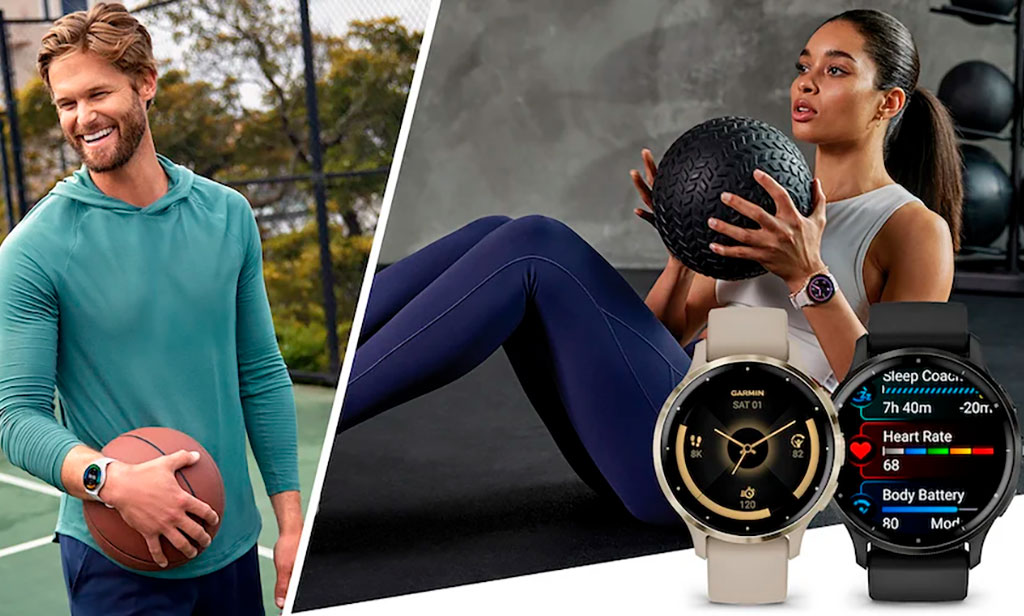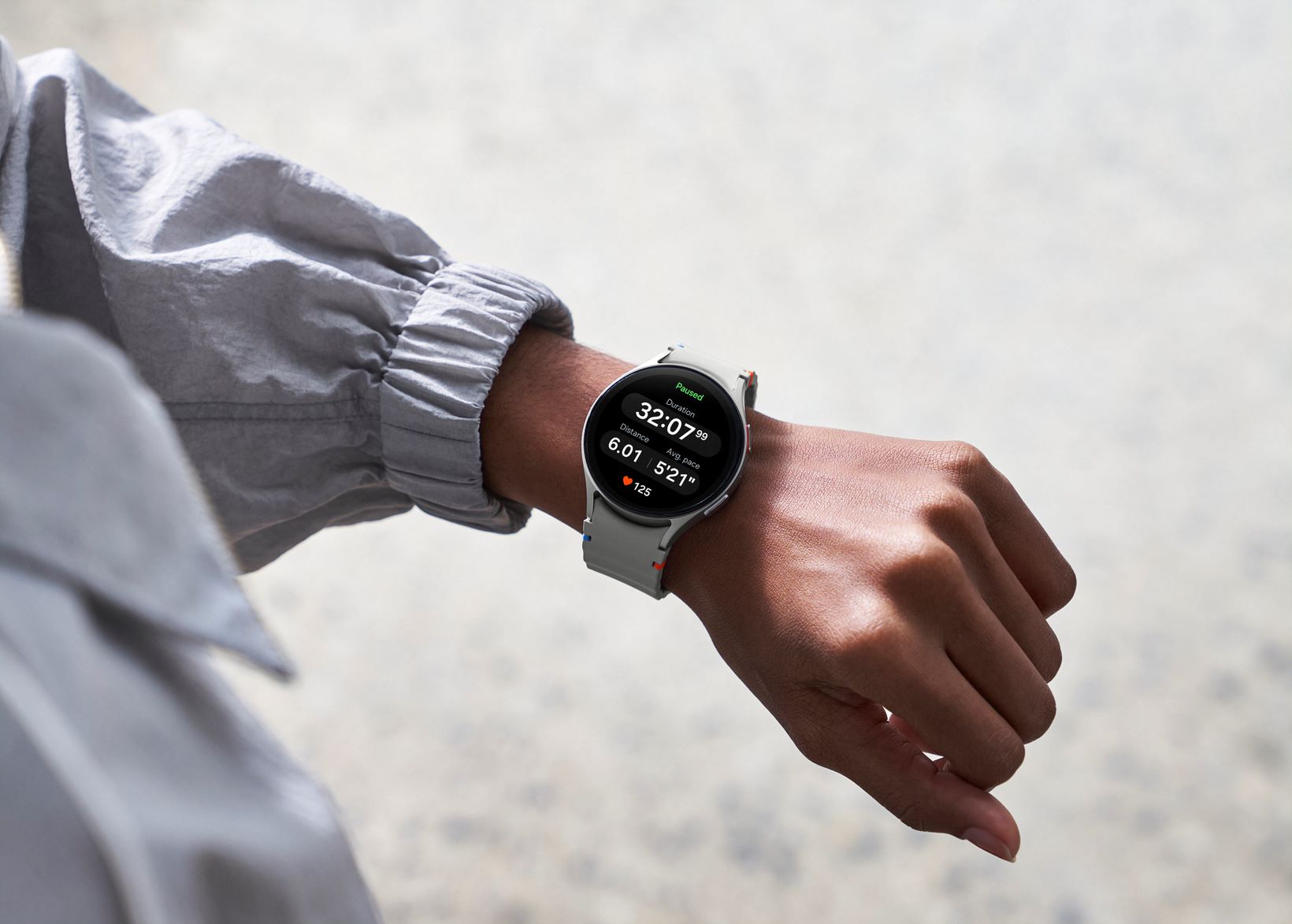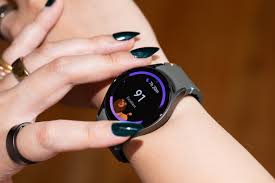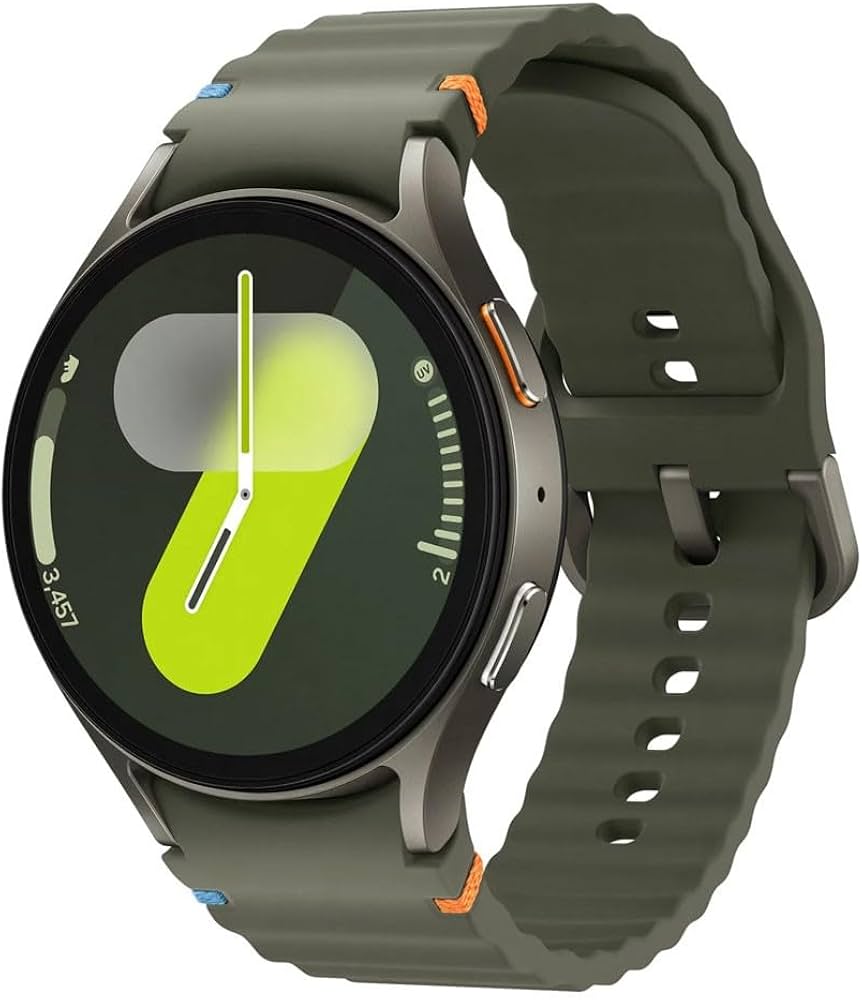Picking a smartwatch used to be simple—you wanted notifications on your wrist, maybe some step counting, and that was that. But now? You’ve got watches measuring your oxygen saturation, your sleep stages, even how much energy you’ve got left in the tank. And when you’re deciding between the Garmin Venu 3 and the Samsung Galaxy Watch 7, it’s no longer about just glancing at texts. It’s about trusting your wrist to know what your body’s doing.
That’s where things get complicated. Because these two watches might look similar, but they’re designed for completely different people. One’s like a training partner that shows up at 5 a.m. with a smoothie and a plan. The other is a polished assistant that reminds you about your next meeting while tracking your stress. Both sound good, right? But they’re not interchangeable.
We’ve spent time with both—sweating, sleeping, syncing, and swiping—and we’ve got the lowdown. Let’s dive into where they match up, where they split apart, and which one might be the better fit for your wrist.
Comfort and materials: featherweight athlete or dressed-up tech?

Slip on the Garmin Venu 3, and the first thing you’ll notice is how barely-there it feels. Weighing in at just 30 grams, it almost disappears once it’s on. That’s huge if you’re wearing it to bed or through a long run. But there’s a trade-off. That ultralight design comes courtesy of a plastic body and Gorilla Glass 3, which just isn’t as scratch-resistant as some tougher materials out there.
Now switch to the Samsung Galaxy Watch 7, and it’s instantly more premium. At 44 grams and housed in aluminum with sapphire crystal glass, it has that high-end feel Samsung’s gotten so good at. It’s heavier, yeah—but not in a bad way. It feels solid, like a real piece of tech jewelry.
Both watches are water-resistant to 5ATM, so they’re safe for swimming, showering, or just getting caught in the rain mid-run. But if you’re counting grams or wearing it overnight, Garmin has the comfort edge.
Swapping straps: freedom on both wrists
We’ve seen too many wearables ruined by clunky strap systems or weird proprietary connections. Thankfully, both Garmin and Samsung give you flexibility here.
Garmin uses standard spring bar straps—22mm for the Venu 3 and 18mm for the 3S. You can grab almost any off-the-shelf band and it’ll fit. The stock band is soft and comfy, but it lacks a secure locking loop, which means it can get loose when you least expect it.
Samsung uses 20mm straps for both sizes and adds a nice bonus: its one-click system. That means swapping bands is painless and quick, no tools or fingernails required. The default band also has a grippy texture that stays put better during sweaty sessions.
Customization’s a tie, but if you’re someone who likes to change your watch’s style often, Samsung makes the process smoother.
Software: complex or clean?
Let’s just say it—the Galaxy Watch 7 is the better “smartwatch” in the traditional sense. It runs Wear OS, meaning you can download apps, install custom watchfaces, use Google Assistant, and tap into Google services like Maps and Wallet. It looks good, feels fluid, and just works the way modern users expect.
Garmin’s interface is simpler—and slower. Menus aren’t as flashy. Watchface customization is more limited, and even changing one can be annoyingly clunky. Garmin’s Connect IQ store helps, but many of the options feel like they’re from another era.
That said, there’s a reason for that simplicity: battery life and focus. Garmin’s system doesn’t need constant data calls or background apps. It’s built to serve up your stats and get out of the way. If you want full smartwatch features, though? Samsung wins without breaking a sweat.
Heart rate and health metrics: quality over quantity

Here’s where things get weird. Both watches claim advanced health monitoring, but they don’t approach it the same way.
Garmin equips the Venu 3 with the Elevate Gen5 heart sensor, featuring extra LEDs (including orange ones) for better skin penetration. It’s accurate, steady, and doesn’t freak out during intervals or stretching. Samsung’s BioActive sensor is updated and solid, but it still tends to over-report during low-effort activities.
Samsung includes ECG, SpO2, and even blood pressure—if you’re willing to calibrate with a cuff. Impressive stuff, but some of it feels a bit more demonstrative than practical.
Garmin, on the other hand, gives you the info in a normalized, digestible way. Its HRV data, for example, is contextual and built into features like Body Battery—so you don’t just see a number, you understand what it means. And for workouts, that matters more than wild fluctuations.
Sleep and energy: dynamic vs static
If you’re buying a watch to track sleep, you want more than a “you slept 6h 27m” report. Both watches now offer a single sleep score, plus stage tracking, but their approach to energy differs.
Samsung gives you an Energy Score in the morning—a snapshot of your recovery. It’s useful. But it’s also fixed for the day, so if you’re dragging after lunch or you crushed a surprise gym session, the number doesn’t update.
Garmin’s Body Battery updates constantly. It rises when you rest, drops when you stress, and recalculates based on actual activity. It’s like a live fuel gauge for your body.
Add to that Garmin’s accurate sleep-wake detection and more realistic stage breakdowns, and it’s the more helpful system throughout the day, even if Samsung’s graphs look nicer on screen.
Workouts: casual tracking or serious planning?

Let’s be blunt—Samsung tracks workouts well, but Garmin lives for them.
With the Galaxy Watch 7, you get auto-detection, solid GPS, and good app support. You can log anything from walks to HIIT sessions, and you’ve got integration with Google Fit and other third-party services.
Garmin ups the ante with structured workouts, advanced data screens, and support for external sensors like chest straps. The Venu 3 won’t beat a Forerunner or Fenix, but it’s way ahead of the average smartwatch.
Samsung’s dual-band GPS sounds better on paper, but the Venu 3 often has fewer glitches and cleaner tracking, especially under trees or near buildings. It’s about consistency, not specs.
Battery: an absolute landslide
Let’s not sugarcoat it—Garmin destroys Samsung here.
The Galaxy Watch 7 gets about a day. Maybe a bit more with light use. But either way, you’re charging it every night. And if you want to track sleep? You’re stuck juggling charging times during the day. Not ideal.
The Garmin Venu 3 lasts up to 4 days with always-on display. Turn that off and you’re easily hitting 7–10 days per charge. That’s a whole vacation without even packing a charger.
Yes, Samsung’s puck charger is easier to use, but Garmin’s cable only comes out once a week. We know which one we’d rather deal with.
Smart features: one’s smart, the other is smart enough
Samsung’s the clear winner when it comes to phone-like features. You can make calls, reply to texts, download apps, pay with your watch, control your smart home—it’s the closest thing to an Android phone on your wrist.
Garmin? You’ll get notifications, voice assistant access via your phone, and basic calling—but there’s no app store to speak of, and you won’t be paying for coffee with it anytime soon.
Still, for fitness-first users, Garmin’s simplicity might be a bonus. Less distraction, fewer taps, more focus.
GPS showdown: flashy vs functional

Samsung might advertise dual-frequency GPS, and that’s great in theory. But in practice? It doesn’t always outperform Garmin’s single-band GPS.
Garmin’s maps are often cleaner, more consistent, and less prone to sudden jumps. Especially in mixed environments—urban streets, tree cover, or hilly terrain—it just… works.
So yeah, Samsung’s chip might be newer. But Garmin still delivers better results.
Vibes and haptics: good enough on both
If you’re big on silent notifications, both watches offer decent vibration alerts. Samsung’s feel a bit smoother, a bit more polished, but neither will blow your mind. They get the job done, just don’t expect Taptic Engine levels of precision.
So which one deserves your wrist?
Let’s call it how we see it: if you want a smartwatch that feels like a mini-phone, the Samsung Galaxy Watch 7 is your pick. It’s stylish, smart, and loaded with features. It looks better in meetings, handles apps like a pro, and offers more tech per tap.
But if you’re here for fitness, health accuracy, and battery life that doesn’t quit? The Garmin Venu 3 takes it. It may not be glamorous, but it’s consistent, focused, and never tries to be more than it is.
We’d wear the Galaxy Watch 7 on a night out. But for training, travel, and tracking your life without babysitting a charger? The Venu 3 wins, hands down.


